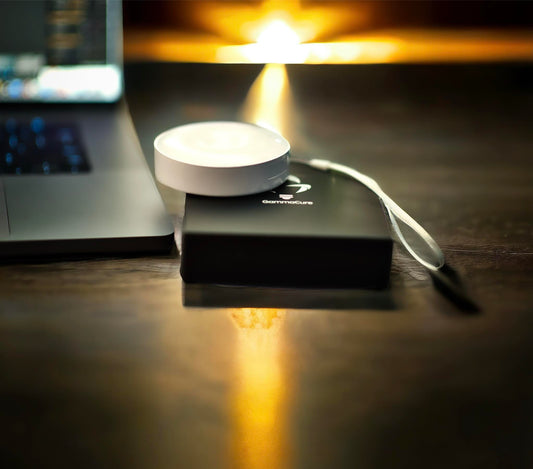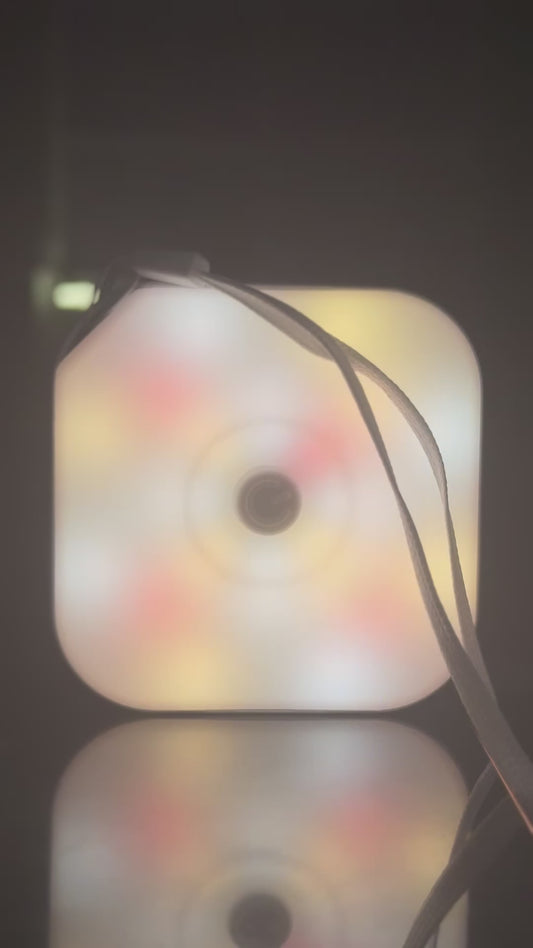
Understanding Gamma Light Therapy in the Treatment of PTSD and Anxiety
Gamma light therapy, emerging as a revolutionary approach in mental health care, particularly in the treatment of Post-Traumatic Stress Disorder (PTSD) and anxiety, is gaining attention for its non-invasive and innovative technique. This therapy focuses on the use of 40Hz light and sound stimulation, a frequency that corresponds to gamma brain waves, which are known to be involved in higher cognitive functions and might have a therapeutic effect on the brain.
The core concept behind gamma light therapy lies in its ability to influence brain activity. Gamma brain waves, typically ranging from 30 to 100 Hz, are associated with concentration, high-level information processing, and certain aspects of consciousness. In the context of mental health, particularly PTSD and anxiety, gamma wave stimulation is believed to enhance brain function in a way that could alleviate symptoms.
Recent studies, including experiments conducted on animal models such as rats, have shown promising results. For instance, rats with induced PTSD symptoms, upon receiving 40Hz acousto-optical stimulation, exhibited significant improvements in behaviors indicative of anxiety, as assessed by tests like the Elevated Plus Maze (EPM) and Open Field Test (OFT). Furthermore, molecular analysis revealed increased levels of brain-derived neurotrophic factor (BDNF), a crucial element in brain health, particularly in areas associated with emotion and memory such as the hippocampus and prefrontal cortex.
These findings suggest that 40Hz light therapy could play a role in synaptic plasticity – the ability of brain synapses to strengthen or weaken over time, which is crucial for learning and memory. By modulating synaptic plasticity through the BDNF-TrkB signaling pathway, gamma light therapy might contribute to the alleviation of PTSD and anxiety symptoms.
In practical applications, devices like GammaGo and GammaBulb have been developed to deliver this therapy. These tools make it easier to access the potential benefits of 40Hz stimulation in everyday settings, offering a non-pharmacological option for individuals struggling with mental health issues.
While the research is still in its early stages, the implications for mental health treatment are significant. Gamma light therapy represents a shift towards more patient-friendly, non-invasive methods of addressing complex mental health disorders. This approach aligns with a growing preference for treatments that minimize medication use and its associated side effects.
As this field evolves, companies like GammaCure are at the forefront, driving innovation in gamma light therapy. Their commitment to developing accessible, effective treatment options reflects a broader trend in mental health care towards embracing technology-based solutions.
In conclusion, gamma light therapy, particularly through 40Hz stimulation, offers a promising new avenue for treating PTSD and anxiety. Its potential lies in its ability to non-invasively modulate brain activity, providing a novel approach to mental health care. As research progresses, it could well become a cornerstone in the treatment of these complex conditions.
References: https://pubmed.ncbi.nlm.nih.gov/37088744/


















